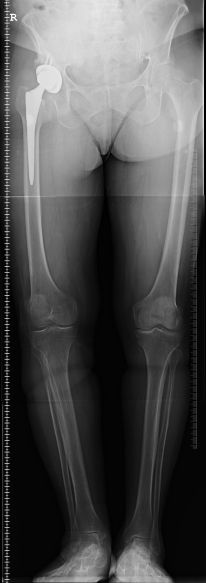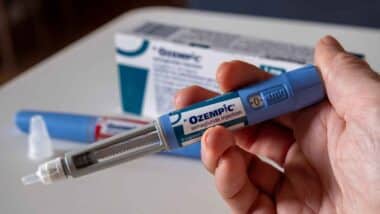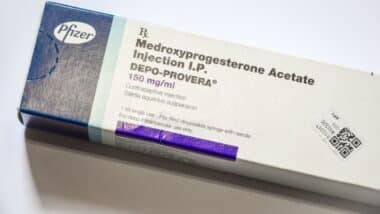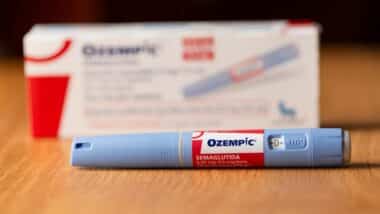Plaintiff Michael Bishal alleges in the Zimmer Durom Cup lawsuit, filed on July 9, 2012 in North Carolina federal court, that he selected Zimmer’s metal-on-metal Durom cup hip replacement model due to his active lifestyle. Bishal says that despite performing the recommended physical therapy after the Durom Cup was implanted, he began to experience pain and a grinding sensation in his replacement hip. According to his lawsuit, in 2010, Bishal began to suffer tinnitus, and in 2011, he tested positive for high levels of chromium and cobalt in this blood, resulting in fatigue, headaches and frequent and sometimes uncontrollable urination. The defective Zimmer Durom Cup hip implant caused Bishal such significant pain and damage that he was eventually forced to undergo revision surgery to prematurely replace the device. According to his medical record, submitted as evidence by his Zimmer hip implant attorney, Bishal’s surgeon noted that he suffered from a “failed total right hip replacement with metal-on-metal reaction.” Despite undergoing revision surgery, Bishal remains in pain and suffers from difficulty balancing due to his right leg now being longer than his left leg – a permanent condition, according to his lawyer.
Bishal’s allegations are similar to claims made in thousands of metal-on-metal hip implant lawsuits filed by patients across the country. Patients claim they suffered severe complications due to defective devices that prematurely failed, causing symptoms of pain, swelling, popping, local tissue damage, metal blood poisoning, and more. Many of these patients were forced to undergo metal hip implant revision surgery to replace the failed devices.
Due to the large number of complaints associated with metal-on-metal hip implant devices, the FDA has finally announced it is looking into the safety of these devices. Many of these all-metal hip implants were cleared for sale by the FDA through a fast-track process called 510(k) review, which allows a medical device manufacturer to skip normal testing protocols if they can show the new device is “substantially similar” to a medical device already on the market.
The problem with this, metal hip implant lawyers say, is that many of these devices were approved based on their similarity to the faulty DePuy ASR hip implant, which was recalled in 2010 due to massive reports of premature failure and complications. It’s no surprise that other subsequent metal-on-metal hip implants like the Zimmer Durom Cup are not experiencing the same high failure rate.
If you received a metal-on-metal hip implant and are suffering complications such as psuedotumors, soft tissue damage, metallosis, pain, swelling or more, you may have case to pursue compensation from the manufacturer through a metal-on-metal hip implant lawsuit. Simply go to the
Metal-on-Metal Hip Implant Class Action Lawsuit Investigation page for more information about how to file a hip implant lawsuit or class action lawsuit. While you’re there, submit your information for a free consultation from a hip implant attorney about your case. Metal hip implant attorneys are standing by to review your claims, and they won’t get paid unless you win or settle.
 A 20-year-old karate enthusiast has filed a Zimmer hip replacement lawsuit against the manufacturer claiming he will have to live with permanent pain and damage due to serious of complications he suffered from the company’s defective Zimmer Durom Cup hip implant. He is seeking compensation for his injuries and subsequent revision surgery through a Zimmer hip implant lawsuit, which is alleging negligence, products liability, breach of express and implied warranties, fraudulent misrepresentation and other statutory claims against manufacturer Zimmer Holdings.
A 20-year-old karate enthusiast has filed a Zimmer hip replacement lawsuit against the manufacturer claiming he will have to live with permanent pain and damage due to serious of complications he suffered from the company’s defective Zimmer Durom Cup hip implant. He is seeking compensation for his injuries and subsequent revision surgery through a Zimmer hip implant lawsuit, which is alleging negligence, products liability, breach of express and implied warranties, fraudulent misrepresentation and other statutory claims against manufacturer Zimmer Holdings. 













